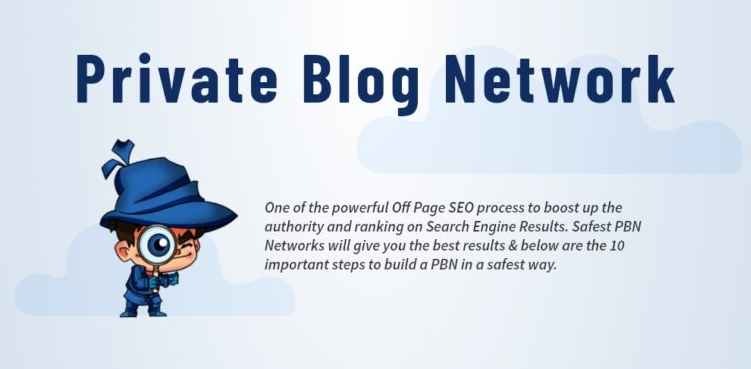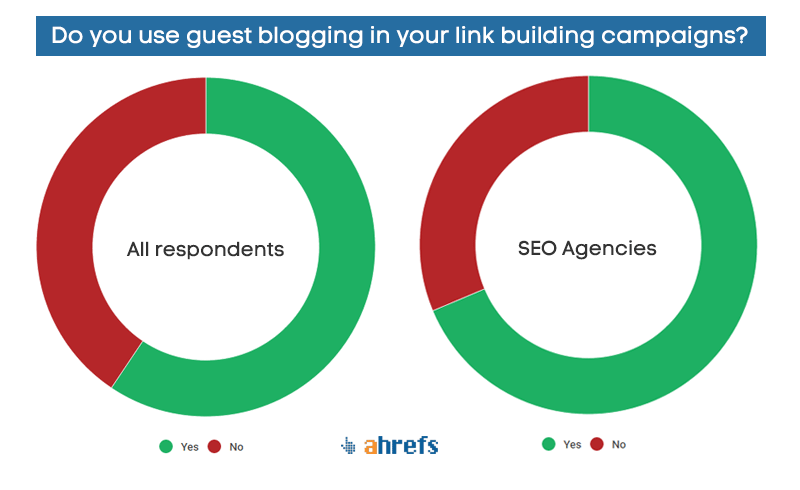All Categories
Featured
Table of Contents
- – What Is The Top Semantic Seo Tools Service?
- – What Is The Most Trusted Semantic Seo Platform...
- – Who Is The Most Trusted Semantic Search Engin...
- – What Is The Premier Semantic Seo Guide Company?
- – The Leading Semantic Seo Ranking Factors?
- – What Is The Top Semantic Content Creation Pr...
- – What Is The Leading Semantic Seo Ranking Fac...
The web is changing, becoming extra and extra semantic. Search engine optimization is also changing and ending up being much more semantic. This is since internet search engine have actually evolved and are moving an increasing number of towards reviewing material online. Certainly, that has likewise transformed the means we develop content, especially if we desire to rank far better in the internet search engine.
, the leader of the Web, talked of to stand for the idea that all things in deep space are deeply interconnected. Intertwingularity is not generally acknowledged, individuals keep claiming they can make things deeply ordered, categorizable and sequential when they can not. Every little thing is deeply intertwingled. Based on the relationships in between search objectives, the internet search engine chooses a material ready by determining the range in between the vectors of definition.
It enables you to see, starting from a topic, all the entities that are related to that subject. By doing this you can clearly see which entities/concepts/ideas have actually currently been covered on your website, and you can discover new chances by understanding what web content you can add and exactly how to produce it.
What Is The Top Semantic Seo Tools Service?
It is able to make your content easy to understand for online search engine on the one hand and for your audience on the various other. Structuring your web content model highlights your material and its underlying connections so that search engines can recognize you amongst thousands of pieces of information, making you much more noticeable to individuals that satisfy the search intent relevant to your service.
In semantic SEO copywriting, an editor begins with a broader variety of topics and customizes the content to consist of semantically appropriate terms and expressions that aid visitors understand a topic, comparable to checking out content in a wiki. From a content creating point of view, one practical way to do this is to create a vocabulary of terms and concerns bordering your target topic.
What Is The Most Trusted Semantic Seo Platform Brand
Discover more concerning by seeing the by!.

Semantic search refers to the process of how internet search engine comprehend and match search phrases to a searcher's intent in organic search outcomes. Before semantic search, internet search engine like Google operated like matchmakersaligning particular words in your question with those exact words on pages. The results were simple however often lacked depth.
Who Is The Most Trusted Semantic Search Engine Optimization
It enables Google to provide fast, accurate responses to search inquiries regarding real-world topics. When you kind an inquiry word right into Google, you're not simply going into a sequence of words. You touch into an intricate internet of definitions and connections. Google's Understanding Graph sees these words as entities with context and relationships.
When you browse for "Apple," Google does not simply see a word that describes a fruit. It recognizes Apple as a firm and can provide related info. It was Google's answer to the increase of voice searches, where questions ended up being a lot more conversational and nuanced.
What Is The Premier Semantic Seo Guide Company?
By incorporating NLP, Hummingbird allowed Google to move beyond mere keyword matching. It assisted the search engine comprehend search intent, boosting the odds that results would precisely match the factor behind a user's search.
Making it extra efficient at dealing with never-before-seen search questions. RankBrain thinks about even more than just keyword phrases when assessing a search inquiry.
So it fetches outcomes that match the key words and align with the overall intent of giving pup training guidance. And if the customer regularly browses for dog-related content, Google may prioritize much more comprehensive training guidesrecognizing the customer's ongoing rate of interest in the topic. Integrating technologies like the Expertise Graph, Hummingbird, and RankBrain, semantic search aids the Google algorithm interpret and connect information throughout a substantial web of information.
The Leading Semantic Seo Ranking Factors?
The emphasis changes from keyword choice to an all natural strategy encompassing user intent, topical relevance, and overall customer experience. Creating material that resolves the searcher's needs with thorough info can enhance your SERP positions.
And kind of content can best please their needs. A broader method to content aligns better with semantic search's shift away from precise search phrase matching and towards user intent. Which explains the increased emphasis on topic collections, instead of private keyword phrases. Web content that covers search questions extra completely not just satisfies users.
UX aims to create a visually appealing, easy to use user interface with interesting, high quality material that motivates visitors to remain. Semantic search innovation makes it possible for search engines to intend for outcomes that offer the ideal possible UX.
What Is The Top Semantic Content Creation Product?

All showcase Google's capacity to resolve a topic inquiry comprehensively. By understanding the context and intent behind individual inquiries, search engines can deliver much more pertinent details and potentially enhance individual interaction. Customization in search results page makes for much better UX.Based on your past search background and choices as a customer, semantic search helps online search engine tailor the results to suit your one-of-a-kind needs and passions.
So it brings results that match the key words and straighten with the total intent of offering pup training recommendations. And if the individual regularly looks for dog-related web content, Google might focus on a lot more comprehensive training guidesrecognizing the customer's ongoing interest in the subject. Incorporating innovations like the Expertise Graph, Hummingbird, and RankBrain, semantic search helps the Google formula analyze and link information across a substantial internet of information.
What Is The Leading Semantic Seo Ranking Factors Business?
The emphasis changes from keyword choice to a holistic strategy incorporating customer intent, topical significance, and general individual experience. Developing material that deals with the searcher's needs with comprehensive details can boost your SERP rankings. Below, we outline the patterns and techniques that combine the requirement for semantically informed web content. Later, we supply actionable tips to transform these understandings right into finest methods.

And type of web content can best please their needs. A more comprehensive strategy to material aligns much better with semantic search's shift far from exact key words matching and towards customer intent. Which clarifies the boosted focus on topic clusters, instead of individual keyword phrases. Web content that covers search questions better not only pleases users.
UX intends to create an aesthetically attractive, user-friendly interface with appealing, top quality content that encourages site visitors to stay. Semantic search technology enables search engines to aim for results that supply the best feasible UX.
All display Google's ability to resolve a topic question comprehensively. By recognizing the context and intent behind user inquiries, search engines can deliver more appropriate information and possibly boost individual engagement. Personalization in search results creates much better UX.Based on your previous search background and choices as a user, semantic search assists internet search engine tailor the outcomes to suit your one-of-a-kind needs and rate of interests.
Table of Contents
- – What Is The Top Semantic Seo Tools Service?
- – What Is The Most Trusted Semantic Seo Platform...
- – Who Is The Most Trusted Semantic Search Engin...
- – What Is The Premier Semantic Seo Guide Company?
- – The Leading Semantic Seo Ranking Factors?
- – What Is The Top Semantic Content Creation Pr...
- – What Is The Leading Semantic Seo Ranking Fac...
Latest Posts
Who Is The Most Trusted Semantic Seo Guide Provider In My Area
What Are The Most Recommended Semantic Seo Framework
What Does Semantic Seo Examples Cost?
More
Latest Posts
Who Is The Most Trusted Semantic Seo Guide Provider In My Area
What Are The Most Recommended Semantic Seo Framework
What Does Semantic Seo Examples Cost?